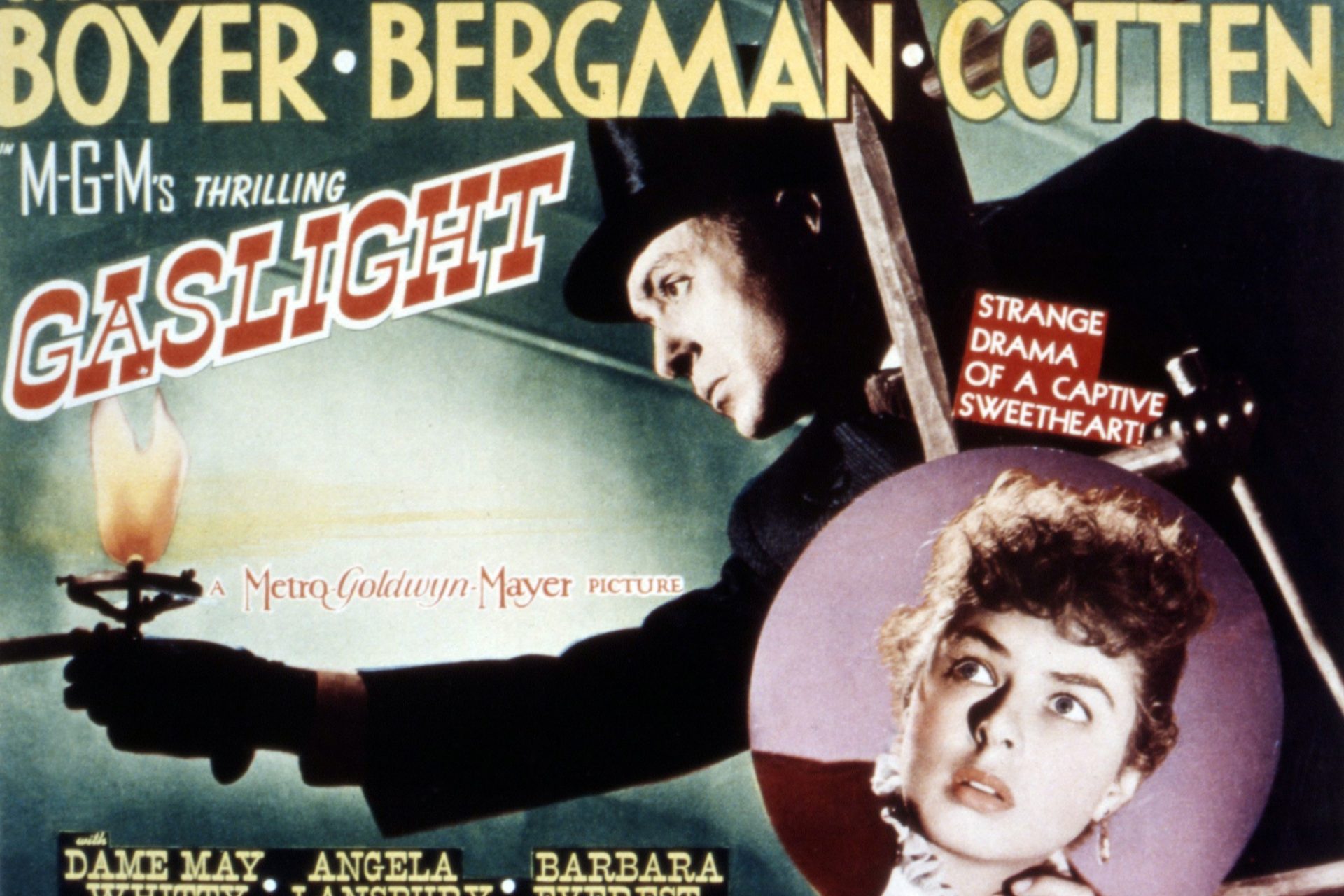The biggest scams in history
The lure of profit has always existed, and with it, people have turned dishonest means to achieve it. Some characters have distinguished themselves in history for seting up particularly well-crafted scams. Discover our top 10 in pictures!
At the beginning of the 18th century, France was ruined by the wars of Louis XIV. A Scottish economist named John Law believed he had a miraculous solution to restore the kingdom's finances...
Law introduces the banknote in France through the Royal Bank, which he entrusted with its control. However, the system collapsed when ticket holders asked to exchange their bills and liquidate their holdings. Considered one of the first crashes in history, this bankruptcy forced the ruined John Law to flee the kingdom.
A general of the British army at the beginning of the 19th century, Gregor MacGregor began to serve as a mercenary in Venezuela. There, he proclaimed himself Brigadier-General of the United Provinces of New Granada and Venezuela, and General-in-Chief of the Armies of the Two Floridas.
MacGregor then invented Poyais, an imaginary state whose land he sold to European investors. Undoubtedly, it was one of the most masterful scams in history!
Born in Italy and immigrated in the United States in 1903, Charles Ponzi set up a simple but effective scam system in Boston in 1919: he promised investors high returns and financed them by contributions from new participants.
The system inevitably ended up collapsing when the new arrivals diminished and the other investors couldn't get paid. That's when the term 'Ponzi scheme' came into use.
In 1916, a certain Louis Einricht summoned the press to the United States to present a revolutionary new process: gasoline that was apparently three times cheaper to produce than the usual fuels.
Einricht managed to attract many investors, including the illustrious Henry Ford (pictured). Then, he disappeared with the money before the engineers realized that the 'new gasoline' was just a banal mixture, capable of starting an engine but not cheaper than gasoline.
The Czech scammer Victor Lustig settled in the United States where he managed to deceive Al Capone, among others. But his most famous scam was to have sold the Eiffel Tower…
Based in Paris, Lustig posed as a French government official and tricked scrap metal companies into believing that the famous tower was about to be demolished. After having succeeded the first time, he failed to convince a second buyer and had to flee quickly.
This character inspired Steven Spielberg's famous film 'Catch Me If You Can.' From the age of 16, Franck Abagnale Jr used forged checks to travel at the expense of Pan American Airways.
In just five years, Abagnale (pictured left) traveled to 26 countries under 8 different identities, using fake checks to embezzle millions of dollars. After finally getting caught, he became a consultant in the fight against fraud.
In the 1990s, an autobiographical book on the life of JT Leroy became a big success. It told the shockin story of a trans person, abused, drug addict, and p r o s t i t u t e.
As it turned out, JT Leroy never existed, however. The autobiography had been written by a certain Laura Albert. To keep up the scam, she even asked her sister-in-law Savannah Knoop to impersonate Leroy in public. Still, the New York Times eventually uncovered the scam.
Do you know the Beltracchi? These two spouses are the most famous art forgers of the 20th century, fooling countless collectors and other specialists.
While husband Wolfgang painted fake canvases by Max Ernst, Fernand Léger, and many others, his wife Helene took care of the sale. It was a well-organize con, right up to the moment it was uncovered in 2008.
Arrested in the middle of the 2008 financial crisis, Bernard Madoff was running one of the most prominent investment companies on Wall Street. Unfortunately though, his operation was based on a Ponzi scheme involving huge sums of money.
When the financial crisis broke out, some investors wanted their funds back, which caused the system to crumble. Madoff was ssntenced to 150 years in prison in 2009, and he would die there in 2021.
Nicknamed the "heist of the century", the case of fraud with carbon quotas allowed Grégory Zaoui and his accomplices to embezzle several billion euros between 2008 and 2009.
The group of con men applied the principle of VAT fraud to the carbon exchange by passing carbon quotas from one European country to another via fictitious companies. After the scam was exposed, the VAT on these quotas was abolished.
































